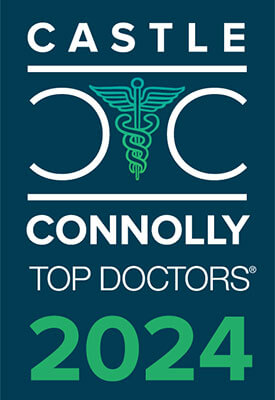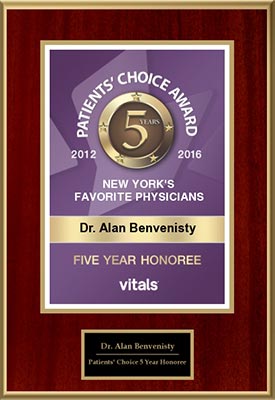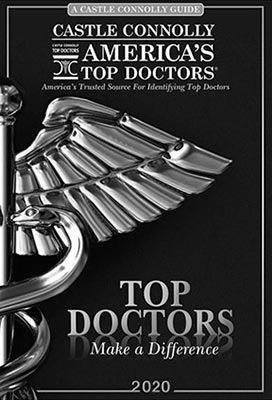Catheter Embolization
When it comes to vascular disorders, catheter embolization may be a suitable treatment option in itself; yet, it may also be used in conjunction with another procedure. While embolization is not a cure for a specific condition, it does prove to advance a patient’s quality of life by reducing pain, for example.
To better understand, embolization involves intentionally closing blood vessels. By doing so, bleeding can be controlled or prevented, which is important in cases of trauma where there is excessive bleeding into the abdomen. In other cases, such as heavy menstrual bleeding, embolization may serve as an effective alternative to a hysterectomy. Even so, closing off the blood supply to a tumor, for instance, may slow the growth of the tumor or cause it to shrink. As a result, chemotherapy or surgery may become an effective option. In a similar fashion, embolization may be performed to block an artery that’s supplying blood to an aneurysm.
In some cases, an arteriovenous malformation (AVM) or arteriovenous fistula (AVF) deprive certain organs of the oxygenated blood supply that they need. Thus, embolization eliminates the abnormality and restores blood flow. In addition, large veins (varicoceles) can be treated through embolization.
Minimally Invasive Catheter Embolization Procedure
For patients that need surgery but are considered high risk due to pre-existing health conditions, age or complex vascular conditions, catheter embolization is often preferred over traditional, open surgery.
Requiring a tiny incision near the groin, the femoral artery is accessed using a catheter. The catheter is then guided (using fluoroscopy or x-ray technology) to the site where the malformation is located. Once the tip of the catheter is positioned at the area of concern, an embolizing agent is injected through the catheter. The embolizing agent used depends on the abnormality being treated, as well as the size of the blood vessel. However, agents may be a gelfoam (sponge material), metallic coils, liquid glue, alcohol or a balloon.
While catheter embolization has worldwide success rates of 85 percent, there are risks associated with any procedure using a catheter. These may include infection, allergic reaction to contrast material, damage to the blood vessel, bruising or bleeding. This is why it’s important to consult an experienced vascular specialist when it comes to your specific condition.
As a highly respected vascular and endovascular surgeon in New York City, Dr. Alan I. Benvenisty, MD is committed to the philosophy of treating patients as individuals. With a particular interest in minimally invasive treatments for vascular conditions, Dr. Benvenisty is conservative and conscientious with the care he provides. This is one reason why his work with local patients has been chronicled in a number of local newspapers in the city.
To schedule an appointment with Dr. Benvenisty, contact our Manhattan office on Amsterdam Avenue.







